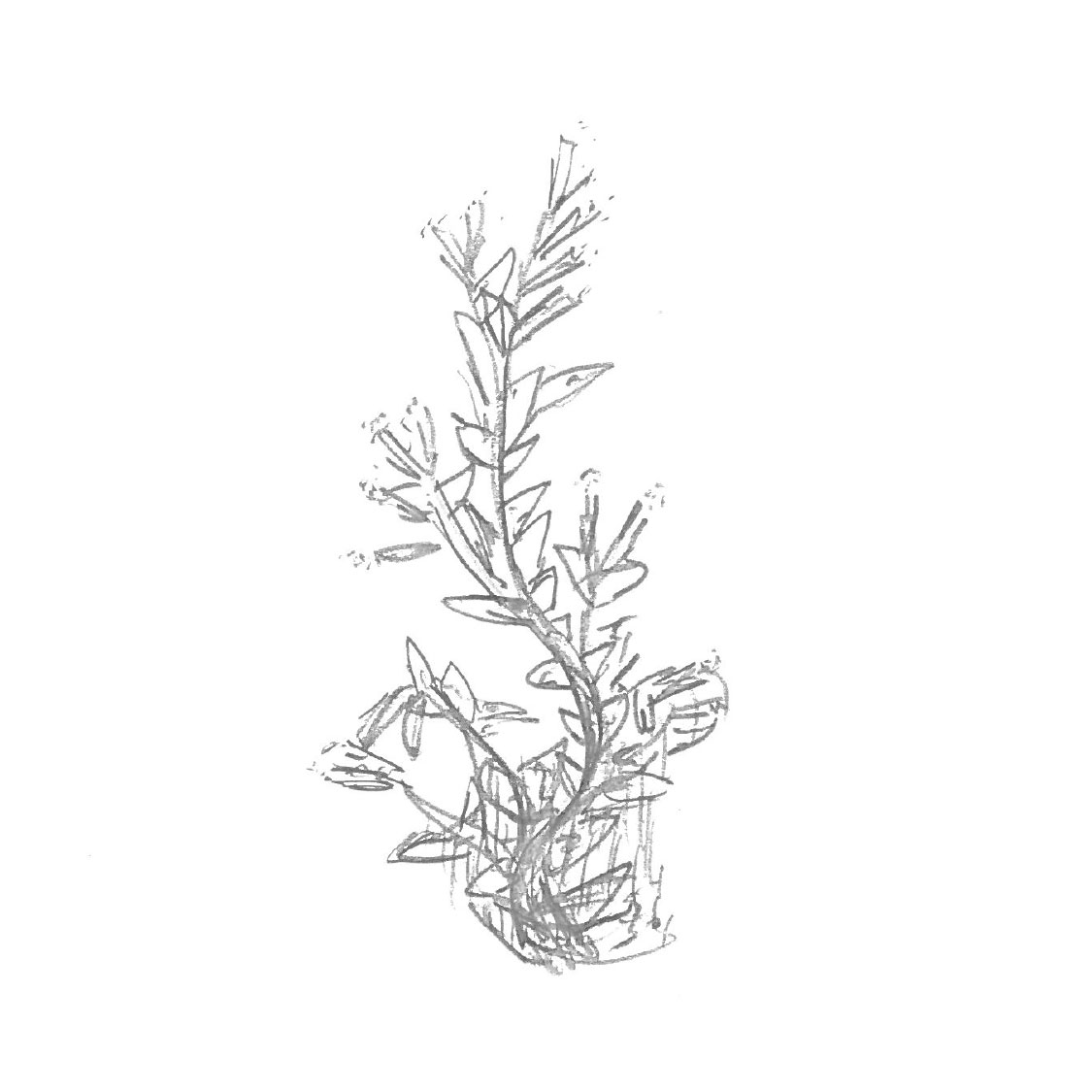

Jasmine
= Ecological Role – Producer
= Carrier Medium – Pollen
= Synthetic Modifier – Stimulants / Relaxants
= Ecological Outcome – Changing organism behavior
= Description – Aromatic flower commonly used in teas. Can be trained to grow up a trellis or pruned into a hedge.
- Kingdom: Plantae
· Scientific name: Cestrum Nocturnum
· Habit: Flower
· Duration: Perennial, Evergreen
- Lifespan: 15 to 20 years
· Germination: 1 month
· Maturation:
· Sex: Monoecious
· Mature Height: 8 to 10 feet
· Growth Rate: Moderately Fast
- Flower:
· Bloom Time: July to October
· Circadian Rhythm: Nocturnal
· Abundance:
· Size: 1 inch
· Color: White, Pink
· Scent: Sweet Perfume
- Leaf:
· Size: 2 ½ inches in length
· Color: Green
- Seed: Berry
· Size: Round
· Color: White
· Poisonous to mammals
- Pollinator:
· Insect: Moth
- Pest:
· Insect: Mealy bug, Scale
· Fungus: Powdery Mildew, Stem Blight
- Essential Oil: Jasmine
· Sedative:
· Digestive:
- Culture:
· Soil: Well-draining, sandy soil
· Sun: Partial Sun
- Conservation Status: G5 (Secure